article
Inherent Vices, at Her Clique gallery
All objects possess some kind of inherent vice. Every material carries within itself its own dissolution; it only takes time for it to manifest itself: paper acidifies, metal corrodes, and photographs fade. Thomas Pynchon revisits this idea in his novel "Inherent Vice" as a metaphor for the inevitable collapse of social and affective systems, which contain their own ruin—love, politics, communities, and even memory. Now, at the Her Clique gallery, this idea is transported to the realm of contemporary artistic practices, in a group exhibition that becomes a critical tool for reflecting on the fragility of the body and the world around us.
The exhibition opens with Monika Mamzeta's video Change of Life (2023), in which the artist moves among pink peonies that sometimes bloom between her legs, sometimes spring from her mouth. The petals serve as blush or lipstick, losing their color, tearing, and falling apart, in a celebration of the transformation and fragility that are inscribed in the very act of existence, in ourselves and in nature.
Going upstairs, and before reaching the first room of the exhibition, we encounter the painting Sphinxess and Lamb (2025) by Julia Woronowicz. The work depicts a pictorial universe that combines myth and symbolism, placing the figure of the sphinx—a classic archetype of enigma and knowledge—accompanied by the presence of a lamb, a figure of innocence and sacrifice. The moment captured by the artist shows the sphinx looking directly at the viewer, an action that remains speculative.
In Arman Galstyan's painting West (2025), we see a deserted road at sunset, seen from inside a car. The painting's central element is the rearview mirror, which reveals three faces immersed in shadow, their eyes turned toward the viewer. The semi-hidden figures suggest memories, ghosts, or inner projections—echoes of what has been left behind but continues to accompany the moving subject. Galstyan's painting synthesizes the tension between exterior and interior, a metaphor for the restlessness of the unconscious.
Concerning this same duality (exterior and interior), Aleksandra Nowicka's work ESSO (2023) depicts a domestic interior scene with two children as protagonists: a girl in profile sitting at a desk and a boy with his back to her by the window, looking out. In this atmosphere, one element stands out: the ESSO logo, which appears on flyers scattered around the living room. The ESSO brand, associated with gas stations, seems out of place. In the domestic context, it creates a tension between private space and the influence of consumer culture. There is an internal flaw within that has allowed itself to be contaminated from the outside: the image of the oil company.
In I deserve it all (2025), Ester Parasková explores desire and vulnerability. The painting's surface combines expressionist and abstract lines with drawings of Disney characters and textual elements. The unfinished gestures and scattered figures reveal the multiplicity of the flow of thought that occurs in the act of painting. The inscription "Good / Bad / Mad / Sad / Ugly / Beauty" adds meaning to this movement by making visible the multiplicity of inner voices and the contradictions they carry.
Closing the circuit of this room is Jan Możdżyński's Hidden Flaws (2025), a series of ceramic sculptures that seem to allude to faces—some animalistic or organic in appearance, others hybrids with human features. To look at them, we must crouch down, a gesture that inverts the usual hierarchy between body and work. By bending down, we enter their territory and are able to recognize ourselves in them.
In the final room, Amadeusz Pucek presents two paintings: Nude with Black Cat (2025) and Afternoon in Arkadia Park (2023), both depicting two modes of intimacy. In the first, the nude figure shares space with a black cat, both lying on a bed, surrendered to time and its passing. In the second, Pucek opens up the space and transports us outside, painting a rose bush that occupies the entire city landscape. The melancholy that arises from observing the world without directly interacting with it is felt in both works. But, in the act of painting, intimacy with the everyday and its singularities is created.
Motherhood is addressed by Katarina Janečková, who exhibits a painting she created while pregnant with her daughter. The composition is organized around a female figure upside down, held by a half-human, half-animal entity. Beside her, a child and a dog sit like silent witnesses. The literal representation of the interior of the womb appears on the left side of the composition, revealing the uterus and the baby contained within. It is a representation of motherhood as an existential condition, marked by affection, risk, and transformation, exposing the fragility inherent in birth, but also the paradoxical power of gestation. The same female face appears in I really want to tell you something nice but the world is on fire (2025), suggesting it is a self-portrait. In it, we see a figure on the phone, the cord wrapped around her bust, but the weight of the world, as indicated in the work's title, interrupts or delays the gesture of sharing something good. Katarina Janečková's process is intimate, and her two daughters participate in the creative process: the artist often works with the canvas on the floor, allowing the children to leave their mark. Creation and motherhood intertwine, and from them arise works that embrace imperfection and vulnerability.
The exhibition closes with Gregor Rozanski's sound work, which, using loops, creates an acoustic landscape that evokes subterranean channels of communication. It's an invisible territory where noise and repetition become language, revealing layers of memory, tension, and resistance.
Inherent Vices reveals the structural flaws that constitute us—the breaking points that run through bodies, memories, and beliefs. It is a narrative about fragility as a structural condition, about vice, not as a flaw, but as a constitutive matter of existence, ingrained in the matter and structures that form us. From the intersection of body and memory, intimacy and politics, image and sound, the exhibition opens a field of reflection on inherent vice as the reason that enables us to create, resist, and transform.
BIOGRAPHY
Laurinda Branquinho (Portimão, 1996) has a degree in Multimedia Art - Audiovisuals from the Faculty of Fine Arts of Universidade de Lisboa. She did an internship in the Lisbon Municipal Archive Video Library, where she collaborated with the project TRAÇA in the digitization of family videos in film format. She recently finished her postgraduate degree in Art Curatorship at NOVA/FCSH, where she was part of the collective of curators responsible for the exhibition “Na margem da paisagem vem o mundo” and began collaborating with the Umbigo magazine.
ADVERTISING
Previous
article
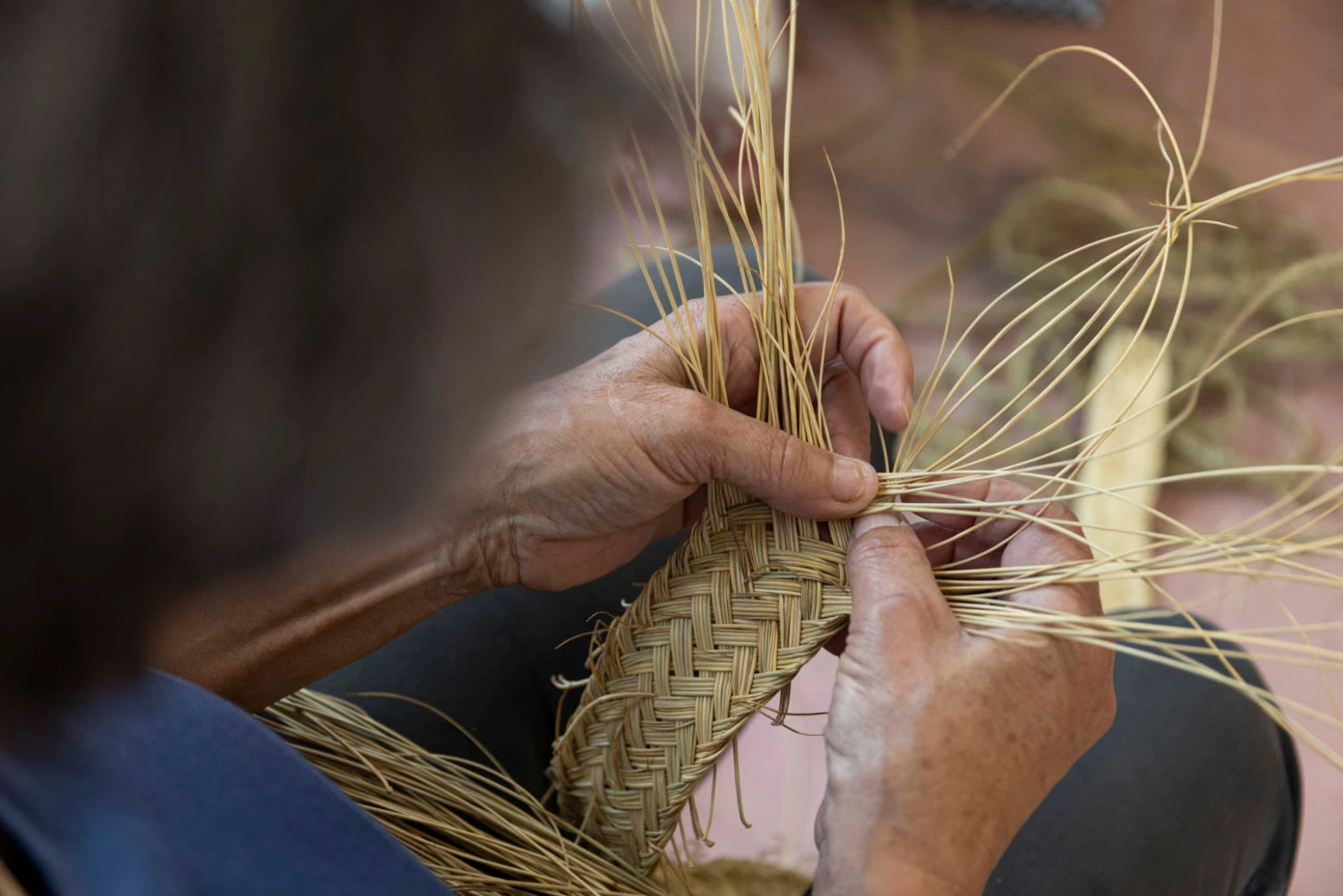
08 Oct 2025
UmbigoLAB Call: UmbigoLAB @ Loulé Criativo — until november 30!
By Umbigo
Next
article
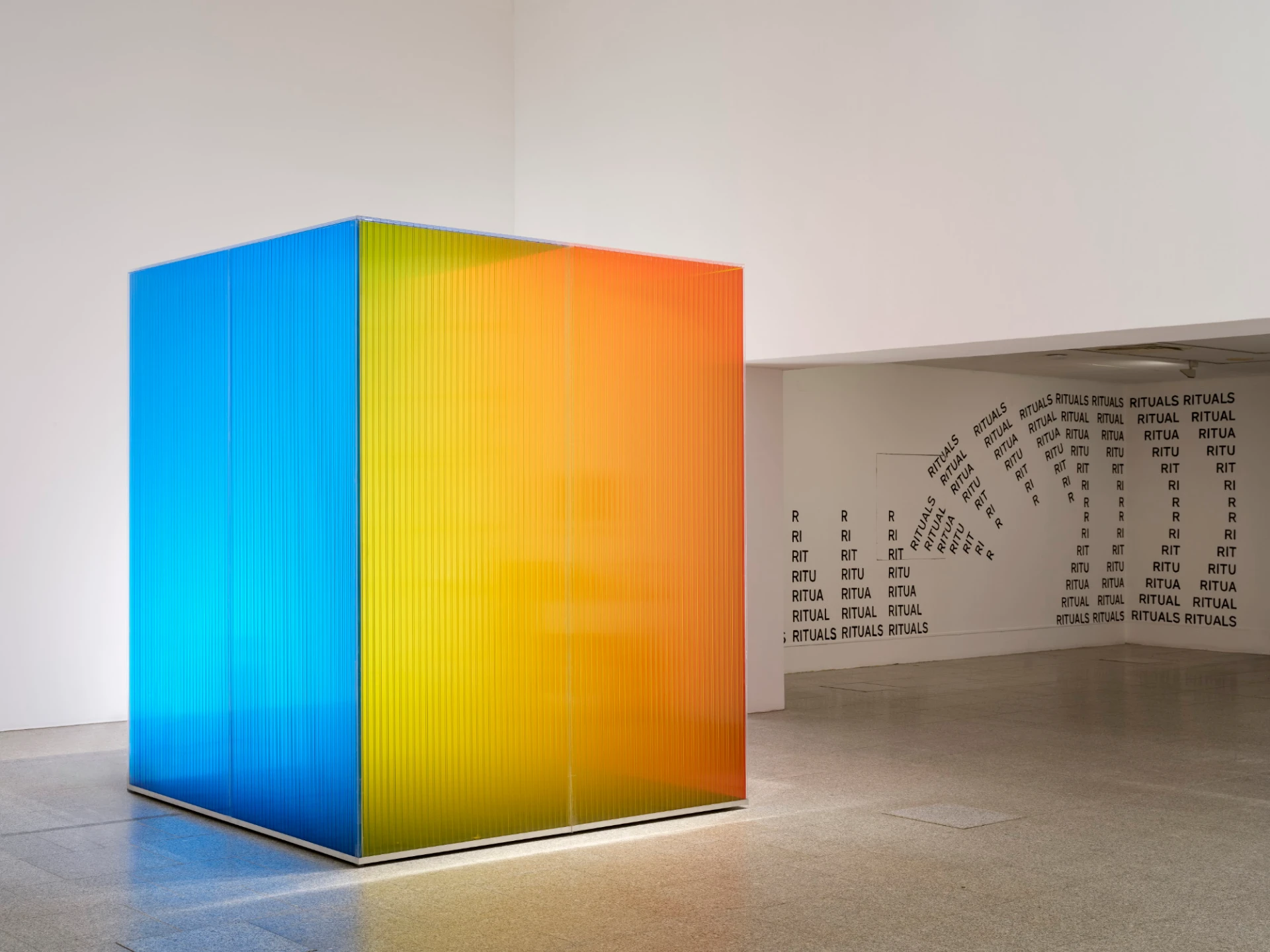
09 Oct 2025
Experiences of the World, at MAC/CCB
By Maria Inês Augusto
Related Posts
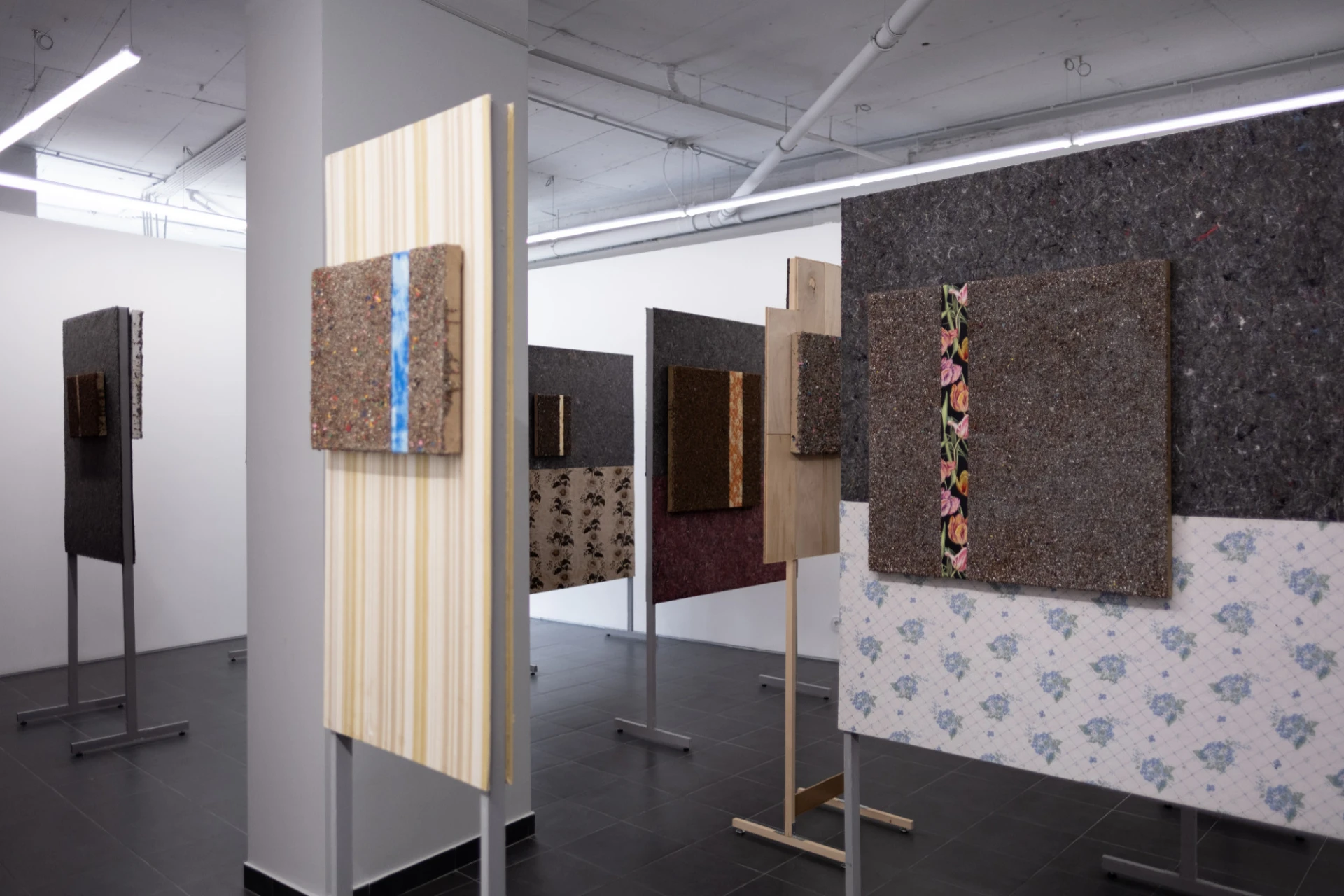
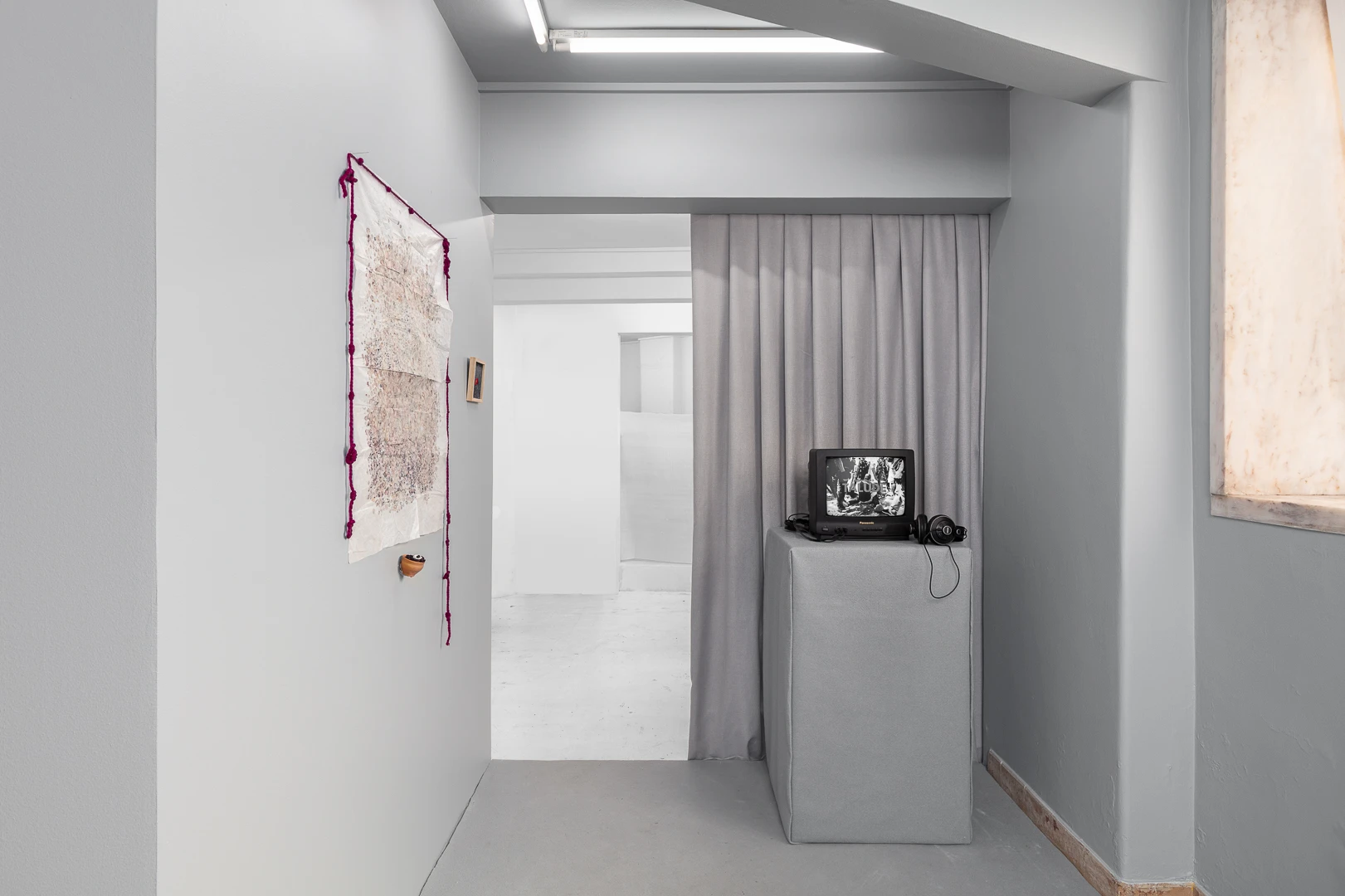
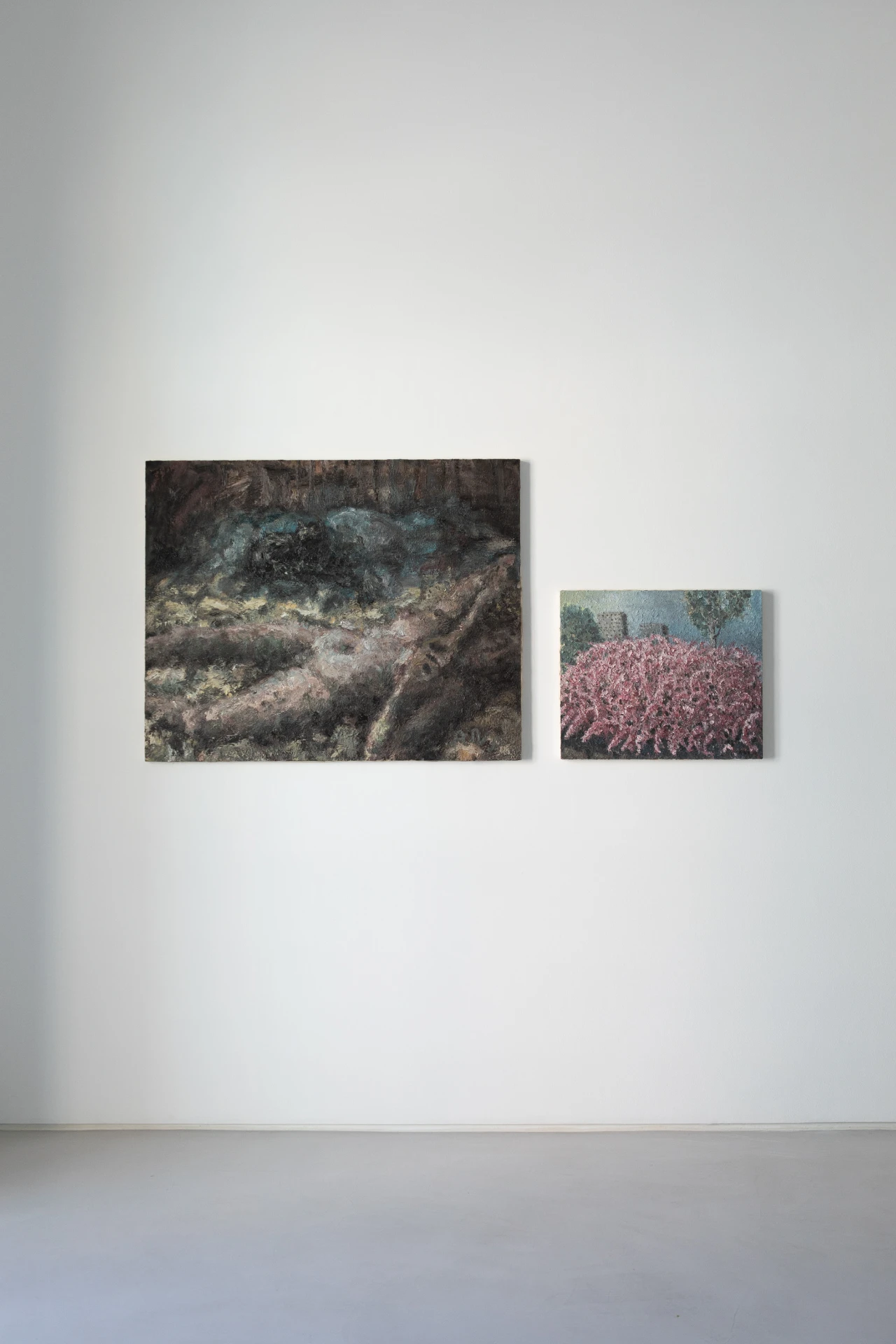
-nwaos.jpg)